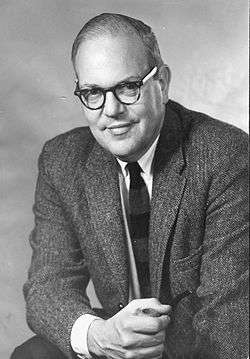Functional matrix hypothesis

In the development of vertebrate animals, the functional matrix hypothesis is a phenomenological description of bone growth. It proposes that "the origin, development and maintenance of all skeletal units are secondary, compensatory and mechanically obligatory responses to temporally and operationally prior demands of related functional matrices."[1]
The fundamental basis for this hypothesis, laid out by Columbia anatomy professor Melvin Moss is that bones do not grow but are grown,[2] thus stressing the ontogenetic primacy of function over form.[3] This is in contrast to the current conventional scientific wisdom that genomic (i.e. genetic), rather than epigenetic (non-genetic) factors, control such growth.[3]
The theory was introduced as a chapter in a dental textbook in 1962.[4]
See also
References
- ↑ Salentijn, L. Functional anatomy of the head and neck, Columbia University College of Dental Medicine post-graduate dental lecture series, 2009
- ↑ Fonseca, Raymond J. Oral and Maxillofacial Surgery, Volume 6, p 246.
- 1 2 Moss ML (September 1997). "The functional matrix hypothesis revisited. 3. The genomic thesis". American Journal of Orthodontics and Dentofacial Orthopedics. 112 (3): 338–42. doi:10.1016/S0889-5406(97)70265-8. PMID 9294365.
- ↑ New York Times Dr. Melvin Moss, 83, Theorist on How Bones of Face Grow, Is Dead, June 29, 2006